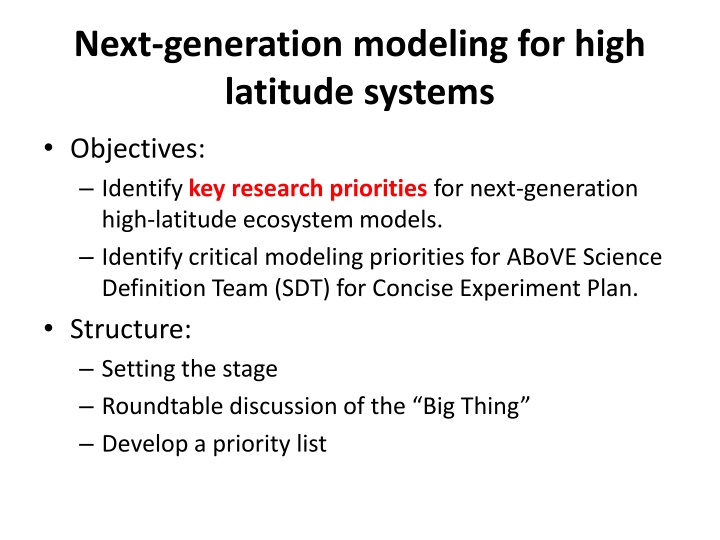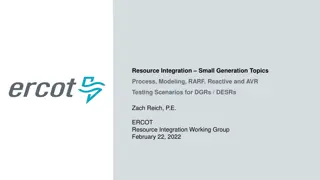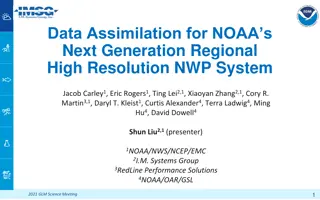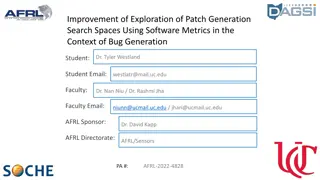
Modeling Priorities for High-Latitude Ecosystems Research
Explore key research priorities and critical modeling needs for high-latitude ecosystems using next-generation modeling. From identifying important processes to characterizing disturbance regimes, this initiative aims to enhance ecosystem models for improved understanding and management.
Download Presentation

Please find below an Image/Link to download the presentation.
The content on the website is provided AS IS for your information and personal use only. It may not be sold, licensed, or shared on other websites without obtaining consent from the author. If you encounter any issues during the download, it is possible that the publisher has removed the file from their server.
You are allowed to download the files provided on this website for personal or commercial use, subject to the condition that they are used lawfully. All files are the property of their respective owners.
The content on the website is provided AS IS for your information and personal use only. It may not be sold, licensed, or shared on other websites without obtaining consent from the author.
E N D
Presentation Transcript
Next-generation modeling for high latitude systems Objectives: Identify key research priorities for next-generation high-latitude ecosystem models. Identify critical modeling priorities for ABoVE Science Definition Team (SDT) for Concise Experiment Plan. Structure: Setting the stage Roundtable discussion of the Big Thing Develop a priority list
So, what was the Big Thing? DATA! Meteorological, disturbance, trace gas fluxes, canopy N, albedo, vegetation structure, vegetation dynamics, LiDAR, soil temperature, soil moisture, surface hydrology, atmospheric correction, land / water mask, isotopes, spectral libraries, DEMs,
Priorities? Before a Solicitation Identify important processes Gather existing data on key mechanisms Social science dimension: what does it mean? Identify field work necessary to assess error in RS measurements Engage partners and stakeholders Data management plan
Priorities? Before the Campaign Improved / more met stations Top-down constraints on model diagnostics Airborne campaign requirements Base-line data sets for assessing vulnerability and change
Priorities? By the End of the Campaign Characterize disturbance regimes and recovery Develop model validation data sets Large-scale flux measurements for next-gen ESMs Improved representation of soil processes Permafrost vulnerability and feedbacks Vegetation dynamics Biogeochemical cycles and trace gas fluxes External drivers






















